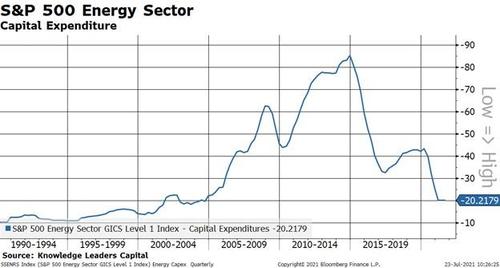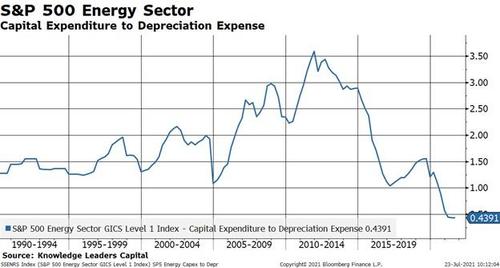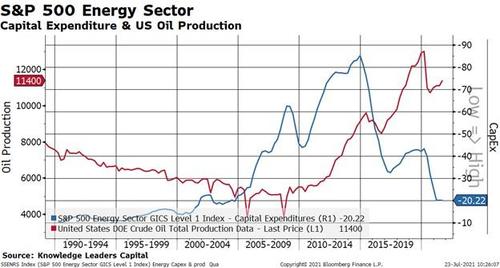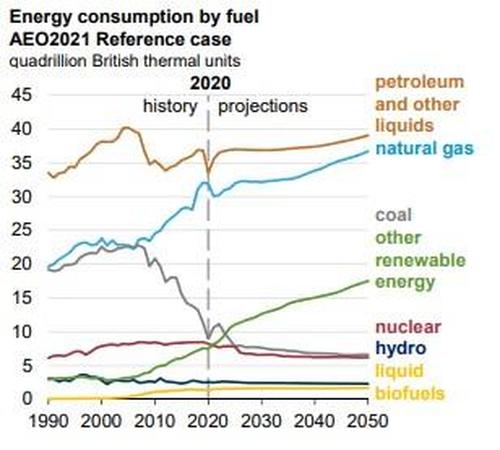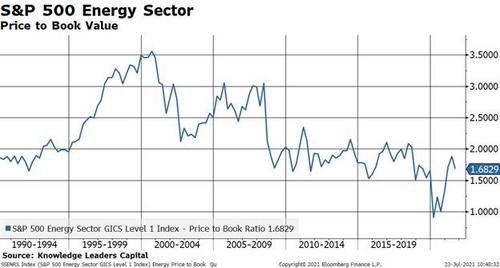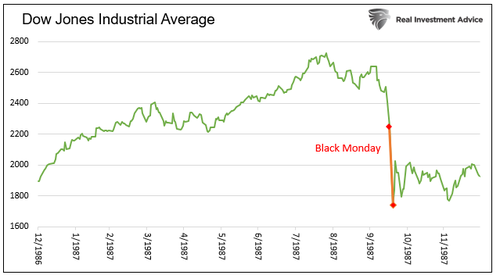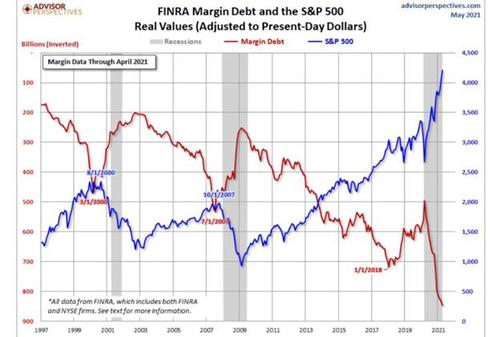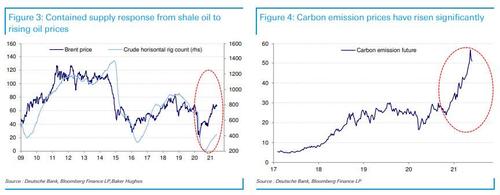Maybe because what countries think of as a “tech industry” isn’t always the same
| Noah Smith | 24th July |
Those who pay attention to business news have probably noted an interesting and curious phenomenon over the past few months: China is smashing its internet companies. It started — or at least, most people in the U.S. started noticing it — when the government effectively canceled the IPO of Ant Financial, then dismantled the company. Jack Ma, the founder of Ant and of e-commerce giant Alibaba, was summoned to a meeting with the government and then disappeared for weeks. The government then levied a multi-billion dollar antitrust fine against Alibaba (which is sometimes compared to Amazon), deleted its popular web browser from app stores, and took a bunch of other actions against it. The value of Ma’s business empire has collapsed.
But Ma was only the most prominent target. The government is also going after other fintech companies, including those owned by Didi (China’s Uber) and Tencent (China’s biggest social media company). As Didi prepared to IPO in the U.S., Chinese regulators announced they were reviewing the company on “national security grounds”, and are now levying various penalties against it. The government has also embarked on an “antitrust” push, fining Tencent and Baidu — two other top Chinese internet companies — for various past deals. Leaders of top tech companies (also including ByteDance, the company that owns TikTok) were summoned before regulators and presumably berated. Various Chinese tech companies are now undergoing “rectification”.
For those outside China’s byzantine, opaque nexus of party, government, and big business, it’s very difficult to figure out what’s going on. Just who is ordering these actions is not clear, or what the ultimate result of the crackdown will be. That makes it very hard to figure out why it’s happening. Some observers see this as an antitrust campaign, similar to the ones going on in the U.S. or the EU. China’s leaders famously want to prevent the emergence of alternative centers of power, but is the West so different in this regard? One of the driving motivations behind the new antitrust movement in the U.S. is to curb the political power of Big Tech companies specifically; if you wanted to, you might see the Chinese tech crackdown as simply a Neo-Brandeisian movement on steroids.
But the breadth of the Chinese crackdown suggests a major difference. The U.S. has slapped down a few of its corporate giants before — Microsoft, AT&T, Standard Oil — but ultimately it didn’t crush the industries these companies were a part of. We’re unlikely to see major action against all the U.S. internet companies at once, and broad EU action will likely take the form of new rules rather than a sweeping crackdown. China’s attack on its tech companies, in contrast, seems far more comprehensive — it’s not just attacking the biggest internet companies, it’s attacking the entire sector. (Update: An important piece of evidence here is that China also appears to be reducing venture funding. If you want more competition you don’t squash new entrants!) For whatever reason, China is suddenly not a fan of the industry we call “tech”.
This is strange because for years, it was conventional wisdom in the Western media that having a “tech” sector was crucial to innovation and growth etc. In fact, for many years American pundits argued that China’s economy would be held back by the government’s insistence on control of information, because it would make it impossible for China to build a world-class tech sector! Then China did build a world-class tech sector anyway, and now it’s willfully smashing the world-class tech sector it built. So much for U.S.-style “innovation”.
But notice that China isn’t cracking down on all of its technology companies. Huawei, for example, still seems to enjoy the government’s full backing. The government is going hell-bent-for-leather to try to create a world-class domestic semiconductor industry, throwing huge amounts of money at even the most speculative startups. And it’s still spending heavily on A.I. It’s not technology that China is smashing — it’s the consumer-facing internet software companies that Americans tend to label “tech”.
Why do Americans equate “tech” with companies like Google, Amazon, and Facebook, anyway? One reason is that the consumer internet industry is something America is really good at — unlike our electronics hardware industries, consumer software is something that hard-driving Asian competitors haven’t yet been able to beat us at. Another reason is that software companies make a lot of profit — Facebook made over $18 billion in 2020, three times Micron or Honeywell and six times Cisco. With their low overhead, network effects, troves of intellectual property, strong brand value, and differentiated products, successful software companies naturally tend to generate high margins. That’s true for smaller software companies as well as big ones. And since in America we often tend to equate profit with value, this means we think of the consumer-facing software industry as being our industrial champion, generating a huge amount of economic value for our nation.
China may simply see things differently. It’s possible that the Chinese government has decided that the profits of companies like Alibaba and Tencent come more from rents than from actual value added — that they’re simply squatting on unproductive digital land, by exploiting first-mover advantage to capture strong network effects, or that the IP system is biased to favor these companies, or something like that. There are certainly those in America who believe that Facebook and Google produce little of value relative to the profit they rake in; maybe China’s leaders, for reasons that will remain forever opaque to us, have simply reached the same conclusion.
But in fact I suspect that there is something else going on here. If you’re interested in China and its economy, one analyst you should definitely read is GaveKal Dragonomics’ Dan Wang. And in Dan’s 2019 letter, I noticed the following passage:
I find it bizarre that the world has decided that consumer internet is the highest form of technology. It’s not obvious to me that apps like WeChat, Facebook, or Snap are doing the most important work pushing forward our technologically-accelerating civilization. To me, it’s entirely plausible that Facebook and Tencent might be net-negative for technological developments. The apps they develop offer fun, productivity-dragging distractions; and the companies pull smart kids from R&D-intensive fields like materials science or semiconductor manufacturing, into ad optimization and game development.
The internet companies in San Francisco and Beijing are highly skilled at business model innovation and leveraging network effects, not necessarily R&D and the creation of new IP….I wish we would drop the notion that China is leading in technology because it has a vibrant consumer internet. A large population of people who play games, buy household goods online, and order food delivery does not make a country a technological or scientific leader…These are fine companies, but in my view, the milestones of our technological civilization ought to be found in scientific and industrial achievements instead.
Dan’s job is to keep his ear to the ground, figure out what the movers and shakers in China think, and relay those thoughts to us. So when he started talking about the idea that consumer internet tech isn’t real “tech”, I immediately wondered if China’s leaders were thinking along the same lines. And then in his 2020 letter, Dan wrote:
It’s become apparent in the last few months that the Chinese leadership has moved towards the view that hard tech is more valuable than products that take us more deeply into the digital world. Xi declared this year that while digitization is important, “we must recognize the fundamental importance of the real economy… and never deindustrialize.” This expression preceded the passage of securities and antitrust regulations, thus also pummeling finance, which along with tech make up the most glamorous sectors today.
In other words, the crackdown on China’s internet industry seems to be part of the country’s emerging national industrial policy. Instead of simply letting local governments throw resources at whatever they think will produce rapid growth (the strategy in the 90s and early 00s), China’s top leaders are now trying to direct the country’s industrial mix toward what they think will serve the nation as a whole.
And what do they think will serve the nation as a whole? My guess is: Power. Geopolitical and military power for the People’s Republic of China, relative to its rival nations.
If you’re going to fight a cold war or a hot war against the U.S. or Japan or India or whoever, you need a bunch of military hardware. That means you need materials, engines, fuel, engineering and design, and so on. You also need chips to run that hardware, because military tech is increasingly software-driven. And of course you need firmware as well. You’ll also need surveillance capability, for keeping an eye on your opponents, for any attempts you make to destabilize them, and for maintaining social control in case they try to destabilize you.
It’s easy for Americans to forget this now, but there was a time when “ability to win wars” was the driving goal of technological innovation. The NDRC and the OSRD were the driving force behind government sponsorship of research and technology in World War 2, and the NSF and DARPA grew out of this tradition. Defense spending has traditionally been a huge component of government research-spending in the U.S., and many of America’s most successful private-sector tech industries are in some way spinoffs of those defense-related efforts.
After the Cold War, our priorities shifted from survival to enjoyment. Technologies like Facebook and Amazon.com, which are fundamentally about leisure and consumption, went from being fun and profitable spinoffs of defense efforts to the center of what Americans thought of as “tech”.
But China never really shifted out of survival mode. Yes, China’s leaders embraced economic growth, but that growth has always been toward the telos of comprehensive national power. China’s young people may be increasingly ready to cash out and have some fun, but the leadership is just not there yet. They’ve got bigger fish to fry — they have to avenge the Century of Humiliation and claim China’s rightful place in the sun and blah blah.
And so when China’s leaders look at what kind of technologies they want the country’s engineers and entrepreneurs to be spending their effort on, they probably don’t want them spending that effort on stuff that’s just for fun and convenience. They probably took a look at their consumer internet sector and decided that the link between that sector and geopolitical power had simply become too tenuous to keep throwing capital and high-skilled labor at it. And so, in classic CCP fashion, it was time to smash.
Updates:
- My theory also helps explain why China would suddenly smash its for-profit education sector, though I’m sure there are other reasons too.
- Another factor some have suggested (see the comment section) is that the consumer internet companies that China is penalizing have large degrees of foreign ownership. So it could also partially be about denying foreigners a toehold in Chinese tech.
- As always, there are people who disagree with the interpretation of events presented here. Here is one such contrary view. I am not particularly persuaded by this; I think any assessment of China’s government’s objectives that doesn’t recognize the central importance of comprehensive national power is probably being a bit too diplomatic.
https://noahpinion.substack.com/p/why-is-china-smashing-its-tech-industry

